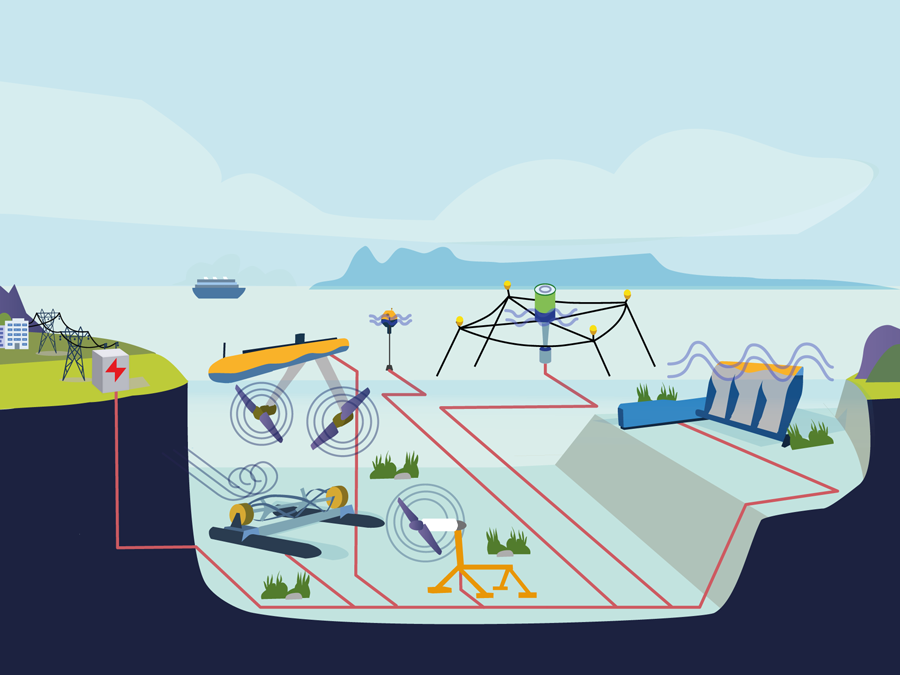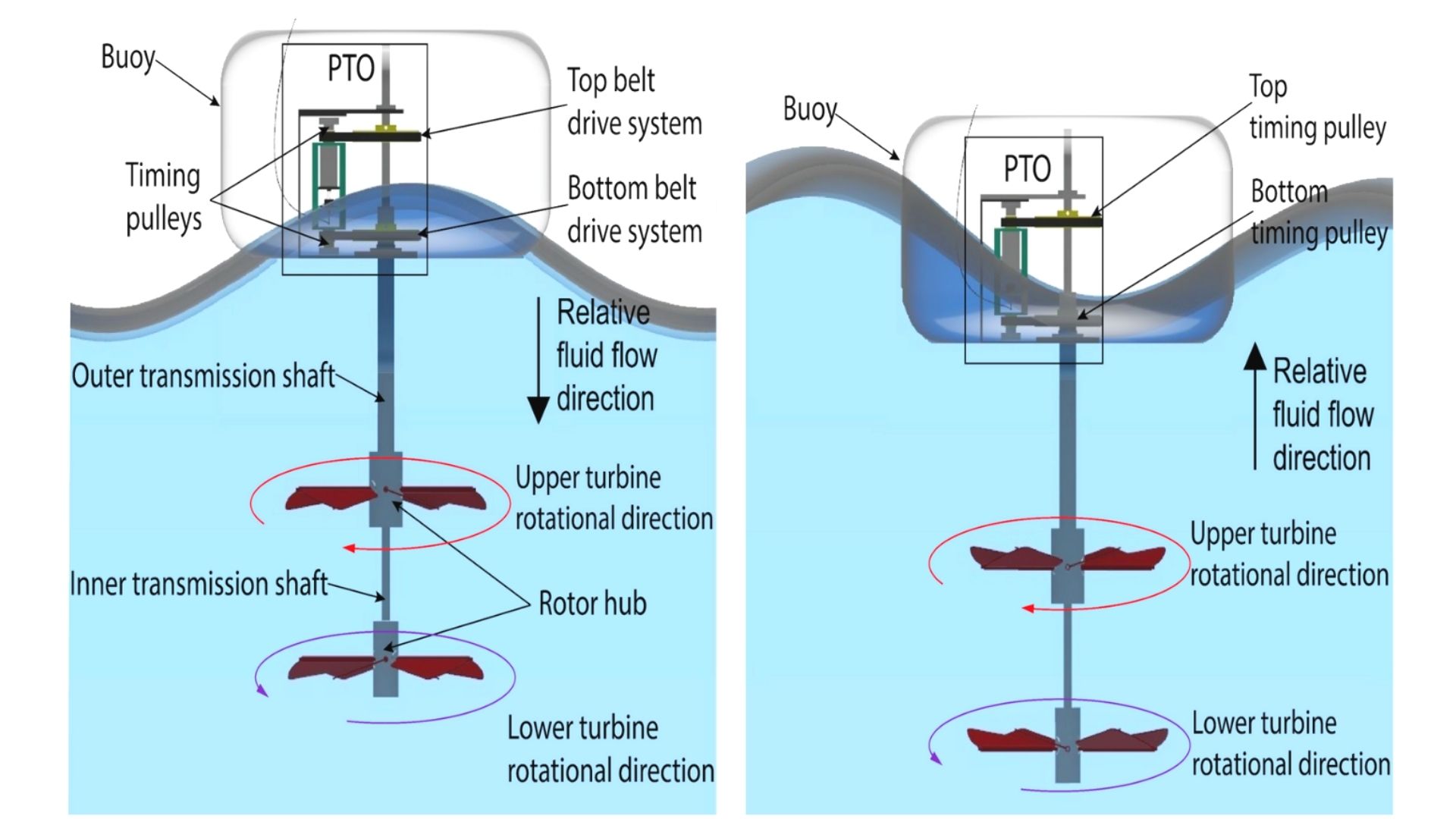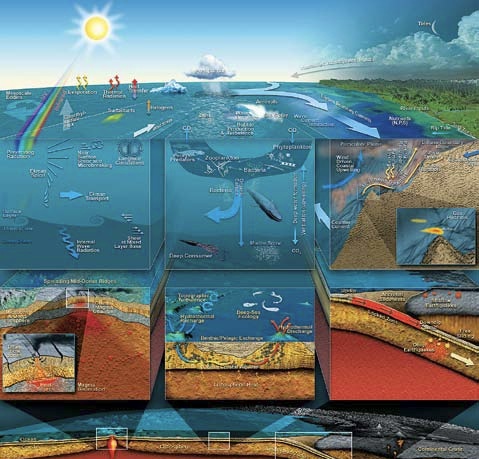
Introduction
Ocean energy design plays a crucial role in the quest for sustainable and renewable energy sources. As the world faces the challenges of climate change and the depletion of fossil fuel reserves, the development of ocean energy technologies offers immense potential for a cleaner and greener future. In this article, we explore the importance and relevance of ocean energy design, as well as the potential benefits and impact it can have on the renewable energy sector.
Historical Background
The evolution of ocean energy design can be traced back to early attempts and milestones in harnessing the power of the sea. From ancient civilizations using tidal mills to generate power, to more recent developments in wave and tidal energy technologies, humans have always been drawn to the vast energy potential of the ocean. Understanding the historical background of ocean energy design helps us appreciate the progress made and the challenges that lie ahead.
Key Concepts and Definitions
To fully grasp the intricacies of ocean energy design, it is essential to define key terms and concepts. Ocean energy design encompasses various forms of energy, including wave energy, tidal energy, and ocean currents. By understanding these terms, we can delve deeper into the technologies and methods used to harness these energy sources.

Main Discussion Points
Wave Energy Conversion
Wave energy conversion technologies are at the forefront of ocean energy design. These technologies aim to capture and convert the energy generated by ocean waves into electricity. Different types of wave energy devices offer different approaches to harnessing wave energy. Each method has its own pros and cons, which must be carefully considered in the design and implementation of wave energy conversion systems.
Tidal Energy Conversion
Tidal energy generation techniques have also gained significant attention in recent years. Tidal barrage systems and tidal stream turbines are two prominent methods used to convert tidal energy into electricity. However, the environmental considerations and potential impact on marine ecosystems must be thoroughly evaluated when deploying such systems.
Ocean Current Energy Conversion
Ocean currents offer a consistent and renewable energy resource. Underwater turbines and tidal kites are examples of technologies used to harness the power of ocean currents. However, challenges and opportunities exist in the efficient and sustainable conversion of ocean current energy.

Case Studies or Examples
Examining successful ocean energy projects provides valuable insights into the real-world application of these technologies. The European Marine Energy Centre in Orkney, Scotland, serves as a prime example of a thriving ocean energy project. Additionally, there are numerous wave, tidal, and ocean current energy installations worldwide that showcase the progress made in this field.
Current Trends or Developments
Recent advancements in technology and design have significantly improved the efficiency and reliability of ocean energy systems. Ongoing research and development efforts are focused on enhancing the performance and cost-effectiveness of these systems. Government initiatives and funding play a crucial role in supporting the growth of the ocean energy sector.
Challenges or Controversies
While ocean energy design presents promising opportunities, it is not without its challenges and controversies. Environmental impacts and concerns, such as underwater noise, habitat disruption, and potential harm to marine life, must be carefully evaluated and mitigated. Opposition from fishing communities, environmentalists, and other stakeholders can also pose challenges for the implementation of ocean energy projects. Additionally, regulatory and permitting processes can be complex and time-consuming, impeding progress in the sector.

Future Outlook
The potential growth and expansion of the ocean energy industry are promising. As technology continues to advance and costs decrease, ocean energy has the potential to become a significant contributor to the global energy mix. Integrating ocean energy into existing energy grids can help reduce reliance on fossil fuels and promote a more sustainable future.
Conclusion
In conclusion, ocean energy design holds immense importance and potential in the renewable energy sector. Exploring wave, tidal, and ocean current energy conversion methods provides valuable insights into the advancements made and challenges faced in harnessing the power of the sea. Continued research and development efforts are necessary to unlock the full potential of ocean energy and drive the transition towards a more sustainable and cleaner energy future.




